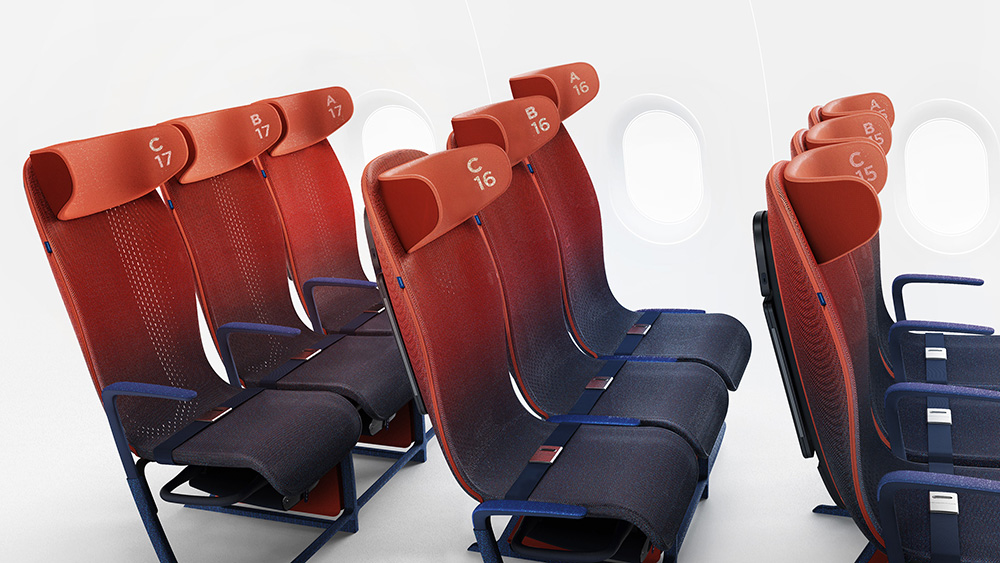座椅泡沫的选择基于磨损,舒适性,漂浮性,可燃性等要求。 为了满足这些要求,使用了许多不同密度的泡沫。 垫子中的泡沫要么成型为最终形状,要么从现有的泡沫原料中切出,然后用粘合剂粘合在一起。 开孔聚氨酯泡沫最常使用,密度低至1.98 lb/ft3 (32kg/m3)。如果要在紧急情况下将垫子用作浮选设备,则泡沫必须是密闭的。 为此经常使用聚乙烯泡沫。
氯丁橡胶,硅酮和改性氨基甲酸酯泡沫可用于软垫,以符合FAR 25.853(c)(座椅整体和材料燃烧测试)的要求,而无需使用阻燃性纺织品。 他们也可以用作常规泡沫的阻火层。 这些泡沫的密度范围为3至4 lb / ft3。 (48-64 kg/m3)。
C.2.1 Foam Cushions;Selection of foams for seats is based on requirements such as wear, comfort, flotation, flammability, and others. To meet these requirements, many different foams of various densities are used. The foam in the cushions is either molded to the final shape or cut from existing foam stock and bonded together with adhesives. Open cell urethane foams are most commonly used with densities as low as 1.98 lb/ft3. If the cushion is to serve as a flotation device in emergency situations, the foam must be closed cell; polyethylene foams are often used for this.
Neoprene, silicone, and modified urethane foams can be used for cushions to meet FAR 25.853(c) without a fire-blocking textile. Theymay also be used as fire blockers over conventional foams. The densities of these foams have a range of 3 to 4 lb/ft3.
*成本原因,廉价航空倾向于减少泡沫的厚度,增加空间。

先一步了解阻燃技术信息、同行交流,扫一扫关注微信公众号!
